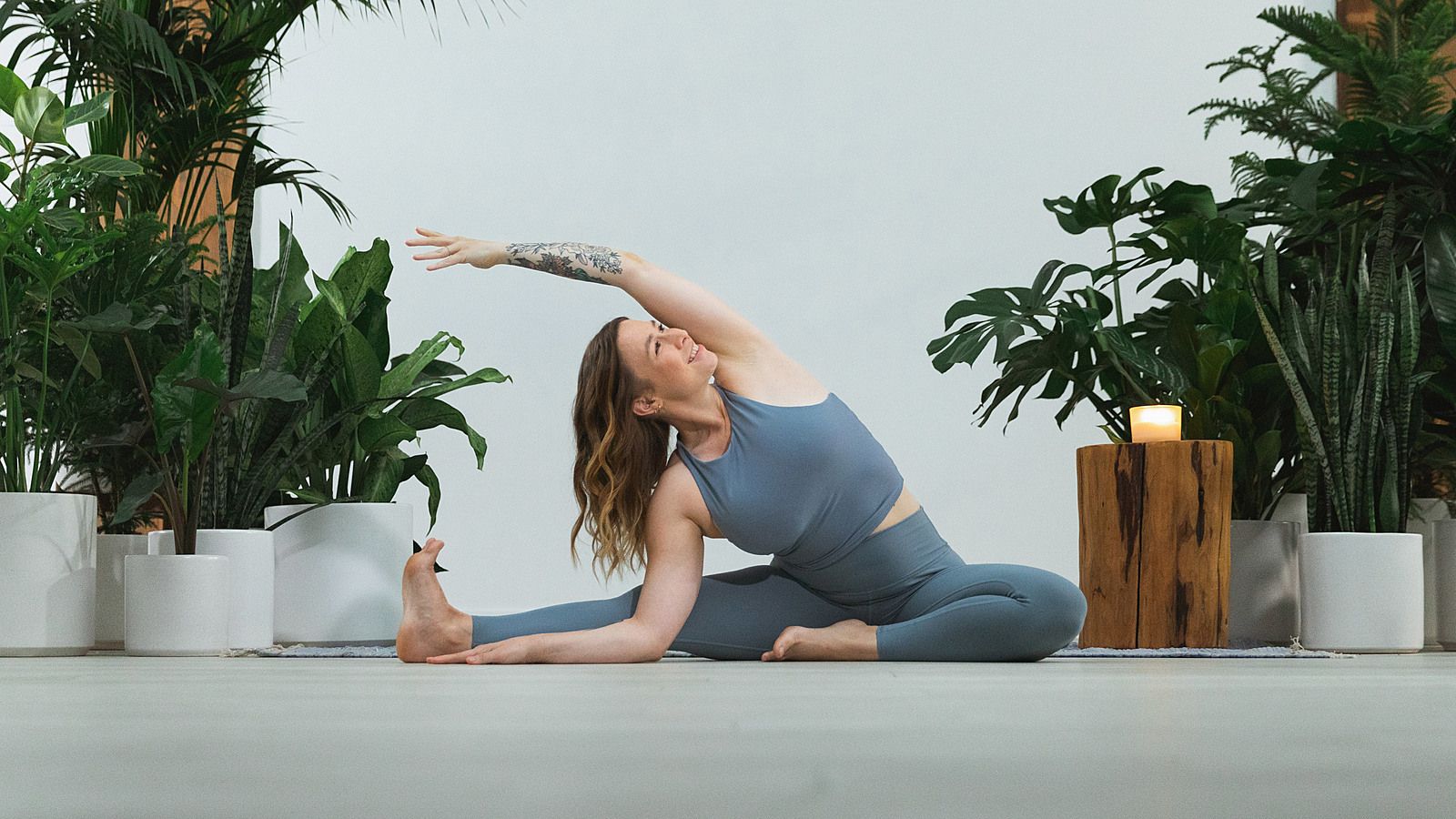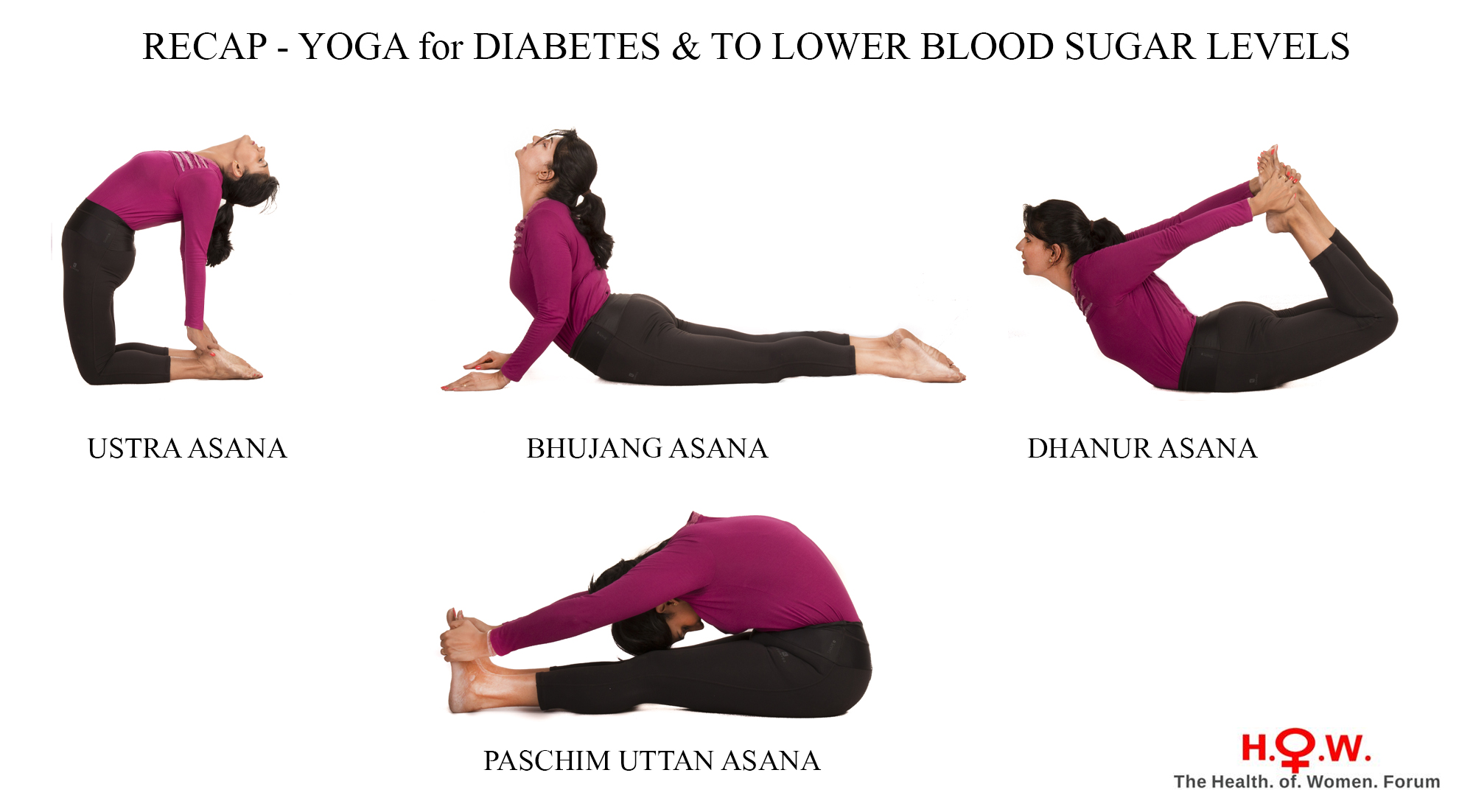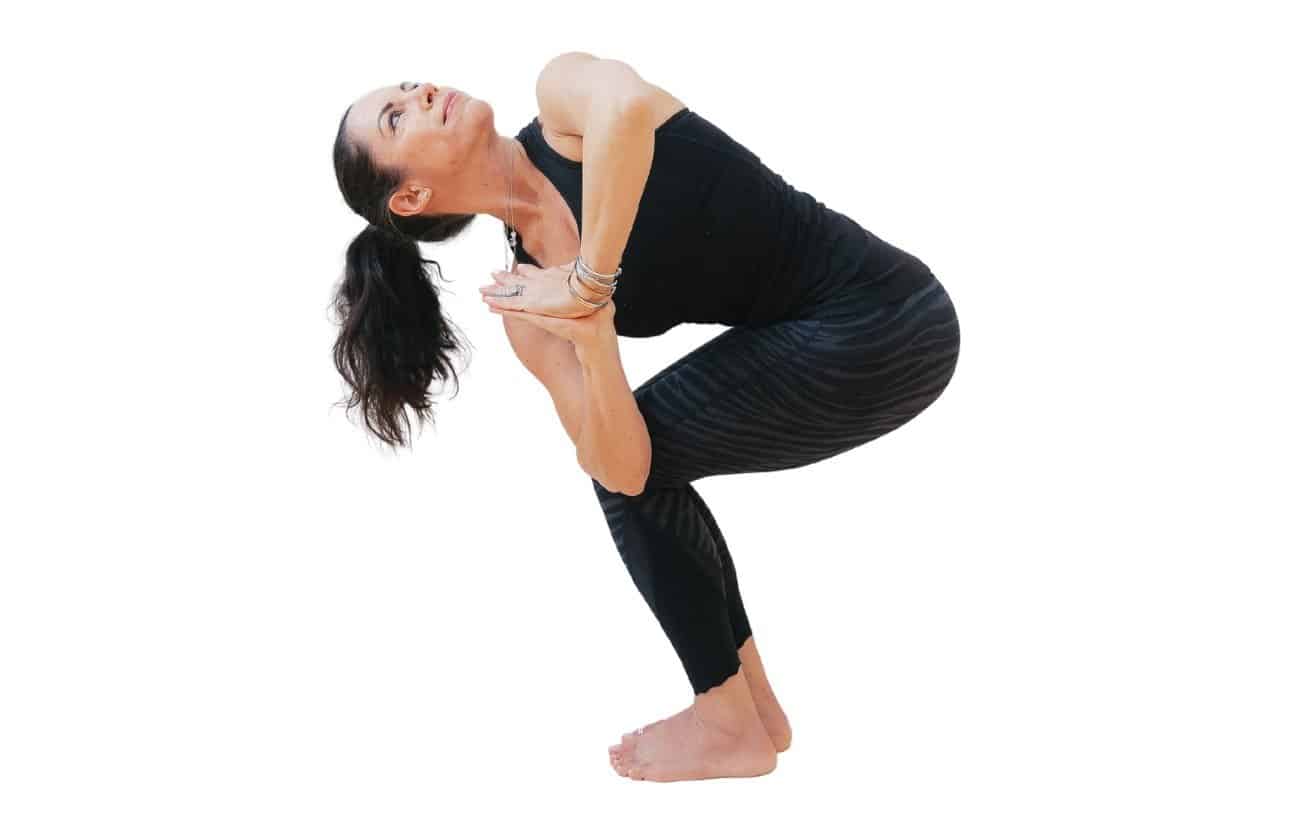
Vinyasa is a type and style of yoga that emphasizes the flow of postures. It is a form of intense yoga that improves your cardiovascular system. Learn more about this form of yoga here. You'll be amazed at how beneficial this form of yoga can be.
Vinyasa yoga is a form of modern yoga
Vinyasa, or high-energy yoga, can be practiced at a rapid pace with varying intensities. Although it is not as intense as Hatha yoga, Vinyasa yoga is often compared with power yoga. It is great for both beginners and advanced yoga practitioners who want to move more often during their practice.
Vinyasa Yoga is very popular. Classes can accommodate anywhere from 15 to 50 people. Generally, instructors are required to have at least two years of experience teaching yoga and a 200-hour certification program. Many instructors teach vinyasa Yoga without any mentorship.

It's a dynamic, flowing sequence of poses
Vinyasa Yoga is a sequence of dynamic yoga poses that allows for the transition from one pose to another. During the flow, the body expands and lengthens through inhalation and contracts during exhalation. This is a great way to balance your body in a single position or transition between one and the next.
Vinyasa Yoga is great for flexibility and strength building. Its higher-speed classes can provide more of a cardio workout, but there is a moderate amount of rest between poses. The activity is light aerobic and builds strength and stamina, according to a study that involved 38 people.
It is harder than other styles of Yoga
Vinyasa yoga classes can be taken by anyone. The more challenging classes will be marked as intermediate or advanced, and you should be aware of your body's limitations. If you are injured or unable to do certain poses, you can request modifications. The classes last approximately 45 to 60 minutes.
Vinyasa means a type or yoga that moves your body with breath in synchronization. The sequences are fluid and often use music to keep the class lively. This style mixes traditional and modern yoga poses.

It improves heart health
Yoga, which was developed thousands of years ago in India, is a form of exercise that can improve your heart health. Numerous studies have demonstrated that yoga lowers the risk of getting heart disease. A recent study of yoga participants found a significant reduction in the rate of left ventricular ejection fraction.
Vinyasa Yoga is beneficial to your heart in many ways. Vinyasa yoga helps increase lung capacity and improves cardiovascular function. Lifestyle and environmental factors can impact lung capacity. Sedentary people or those living in high-pollution areas have lower lung capacity than those who are active. Vinyasa yoga can be a great way for improving lung capacity. It's gentle enough to be used by everyone, and more effective than running or any other strenuous exercise. Practitioners are encouraged to use their breath to regulate heart rate. This is crucial for maintaining good heart health.
FAQ
Is yoga safe?
Yes! Yoga is generally considered low risk and safe for all. However, speak with your doctor before beginning a yoga routine if you have any medical conditions or injuries.
What are the side effects of yoga?
Yoga has risks like any other form of physical activity. The most serious risk is injury. It is important to know how to safely perform each pose.
Yoga can make you dizzy or faint if your first time doing it.
This happens because of blood pooling in the brain. This sensation will quickly go away, but don't panic.
If you experience chest pains while doing downward-facing dogs, make sure you don't hold your breath. This will only increase your heart beat and make it worse.
How does yoga change your body?
Yoga can help you relax and stretch. You will also feel great. This is due to yoga improving flexibility, strength, stress management and overall health. This can lead to improved sleep quality, better concentration, and higher energy levels.
Yoga increases blood flow which makes you less likely get the flu or cold. This is due to the fact that yoga allows you to breathe deeply, increasing oxygen supply to your brain.
Yoga is a great way to relieve tension and pain. Yoga postures strengthen the muscles, joints, and improve posture.
Yoga is a great way to stay healthy and happy.
Is there too much yoga?
Yoga is not a sport. There is no set number of repetitions that you need to complete before you become tired. Instead, enjoy the experience and take it slow.
It's okay to fall off the wagon every now and again. Keep going where you are at the moment.
Start with 10 to 15 minute sessions if you are new to yoga. Then, work your way up.
Can I do yoga every day as a beginner?
Yoga can be a great way of strengthening your body and stretching. It also helps you relax and release stress. You don't have to be a yoga expert to start practicing it regularly. Beginners should practice yoga for 20 minutes three times per week.
This will be enough time to start. Gradually increase the time spent practicing.
Does yoga make me look like a hunk?
No! Yoga will not make you look like a Hollywood star. Instead, yoga will make you appear stronger, fitter, more flexible, and toned.
Statistics
- About one in seven U.S. adults practiced yoga in the past 12 months, according to a 2017 national survey. (nccih.nih.gov)
- According to calorie estimates calculated at Harvard Medical School, the average 125-pound person burns about 120 calories in a half hour of hatha yoga, and a 185-pound person burns about 178 calories in that half hour. (everydayhealth.com)
- A 2020 review of 27 studies (1,805 total participants) of yoga interventions in children or adolescents found reductions in anxiety or depression in 70 percent of the studies, with more promising results for anxiety. (nccih.nih.gov)
- According to the Agency for Healthcare Research and Quality, falls are incredibly common among older adults in nursing facilities. Even the simplest ones can increase the risk of death (24). (healthline.com)
- Start your Fall off right with 20% off All Access Membership when you sign up by 9/25! (corepoweryoga.com)
External Links
How To
Is yoga a great workout?
Yoga is not just for people looking to lose weight. Yoga helps you to develop flexibility, balance coordination, strength and calmness.
Yoga is more than just exercise. It's also an art form. These poses can be used to help you relax and meditate. These poses help improve our posture, concentration, breathing, and overall health.
A "yogi" is someone who practices yoga. Yogis follow various forms of yoga, including Hatha, Ashtanga, Iyengar, Vinyasa, Bikram, Kundalini, Yin Yang, and Restorative.
There are many types and styles of yoga. But they all share similar goals. Each style focuses on different aspects. There are many yoga styles, including Hatha, pranayama and meditation.
Some yoga exercises that require no equipment are:
-
Sun Salutation: This series of 12 postures begins with a forward bent, and then 10 additional poses.
-
Warrior pose - This is when you hold a stick or a staff and take a warrior's pose.
-
Triangle Pose-This pose requires you to lift one leg behind you while bending at the knee.
-
Standing Forward Bend - This pose is performed by sitting on the floor with legs straight and then folding forward at the waist.
-
Seated Twist - This pose is performed while seated on a chair or mat.
-
Cobra Pose – This is a pose where you lie flat on your back and raise your arms above your head.
-
Child's posing - This position is performed while facing up on the ground.
-
Cat/Cow Pose: This combination of a cow and cat pose is called the Cat/Cow Pose. While lying face down, raise your upper body off the ground. Roll over on your back and place your hands underneath your shoulders.
-
Head Tilt – This pose involves tilting your head back, while your eyes are closed.
-
Shoulder Stand – This is a standing position in which your feet are raised above your head.
-
Tree Pose - This pose is achieved while kneeling on your knees with both hands placed underneath your shoulders.
-
Bow Pose – This is when you bend forward from your hips and place your hands on the ground.
-
The corpse pose is held for five to ten minutes.
-
Mountain Pose - The mountain pose is where you stand tall while your spine is straight.
-
Legs up the wall Pose - This is a pose where you hang upside-down from a brick wall.
-
Side Angle Pose- To achieve this pose, lean against a wall while putting your right elbow next to it.
-
Plank Position: This is when your legs are bent at the waist and your arms extend out to one side.
-
Bridge Pose – This is a pose where you balance on your elbows, and toes.
-
Reverse Table Top Pose - This pose is attained by lying on your tummy and reaching your arms toward the ceiling.
-
Handstand: This pose requires balance as well as strength. To do this pose, you can either hold yourself between two walls or a door frame.
-
Half Moon Pose is also known by the name Hero Pose. It's performed by standing on both your hands and toes.
-
Headstand (or Hold) - This requires strength and balance. You can perform this pose either on a wall or using a doorframe.
-
Forearm Balance: This pose requires that your forearms rest on the tabletop.
-
Spinal Twist – This position is where you lie on your stomach while reaching for your arms.
-
Supported Boundangle Pose – This pose requires balance. For this pose, you will need to find something sturdy like a branch from a tree or an old beam to support you.
-
Wide Leg Forward Fold – This is achieved by extending your legs out and touching your toes.
-
Single Pigeon Pose – This pose is similar the the wide leg forward fold, but has only one limb extended.
-
Extended Puppy Dog Poses are very relaxing. You can do this by extending your legs and bending your knees.
-
Standing Forward Bend - This is a pose where you are seated cross-legged, stretching your calves and hamstrings.
-
Crow Pose - Although this pose is hard to do, it can be extremely rewarding once mastered. It is done by raising your arms above your head and lowering them until they parallel to the floor.